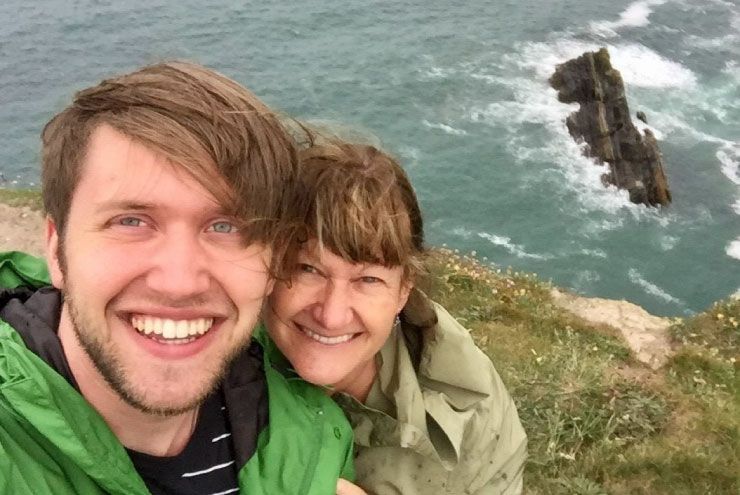By Dr. Laura McGuire
Every few weeks, advertising for a new “date rape prevention” product pops up in my news feed—nail polish, coasters, and straws, all claiming to be able to detect rape-facilitating drugs in your drink and, therefore, to be effective tools in preventing sexual assault. The comments section is always lit up with remarks such as “What a great idea!,” or “So needed!” But few are willing to point out the many flaws with risk-prevention efforts like drug-testing tools and the negative messages these approaches perpetuate.
A few months ago, I hit my breaking point, commented, and pushed back. As a sexual violence prevention educator, I pointed out the numerous problems with the ideology behind these products. I was quickly told by fellow commenters that the intention behind the items is good, so that’s all that matters. Yet, the one person who did back me up (and named these products as more harmful than helpful) was the director of a rape crisis center.
So what’s wrong with offering tools to test for drugs in drinks? Ultimately, drug-testing tools, rape whistles, and the like end up perpetuating rape culture instead of fighting it.
They put the responsibility on the victim. Instead of forcing communities to come together to become hyper-vigilant in identifying and responding to predatory behaviors, we ask potential victims to add another item to their “safety list” before leaving home. We also ignore the root of predatory behavior by offering watered-down “solutions” and easily marketable “answers” to the problem.
They make drug-related rape seem like the most common form of assault. The most commonly used drug in drug-facilitated assault is alcohol. These tools do not test for that. In reality, adding roofies or similar drugs to drinks in order to attack someone is extremely rare. What is more common is that a friend, family member, or partner will psychologically groom a victim over time and then assault them. The most common reaction is for the victim to then freeze and not report the assault because of the close relationship. None of the solutions to these realities can be sold online.
They can be used to blame victims (including in court). As a victim advocate, I know all too well how everything a victim said, did, or did not do is easy fodder in court. Why didn’t you bring something to detect drugs in your drink? Maybe you were okay with being high and having sex? These (and other similar claims) are all things attorneys and judges have said in assault cases. By making the victim responsible, we give perpetrators another tool to use against them.
They ignore the real issues. Sexual violence is a major problem in the world today, and it has been for the majority of human history. When faced with deeply interwoven and complex issues, people often scramble for simple solutions. We tell ourselves that having something, anything, is better than nothing. It is easy to forget that often, when we are focusing on what seems like a temporary fix, we are putting a band-aid on a festering wound. Instead, we need to look at what it truly takes to end interpersonal and sexual violence—lifelong education, changing our social scripting, increasing sexual agency, and ending victim-blaming and slut-shaming.







